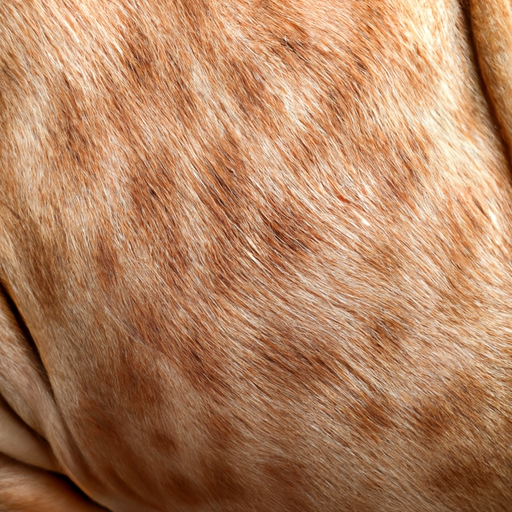As a devoted canine caregiver, you’re always on the lookout for anything unusual with your furry friend. One scenario you may encounter is suspecting your dog has ringworm due to certain telltale signs, only to find out it’s another condition entirely. In this article, we’ll delve into this topic, exploring the various conditions that can be mistaken for ringworm in dogs.
Table of Contents
- Understanding Ringworm in Dogs
- Conditions That Mimic Ringworm
- How to Distinguish Ringworm from other Conditions
- Steps to Take if You Suspect Ringworm
- Frequently Asked Questions
Key Takeaways
- Not all skin conditions that appear like ringworm in dogs are actually ringworm.
- Several other conditions like dermatitis, alopecia, and mites can mimic ringworm.
- Prompt and accurate diagnosis is key to effective treatment.
Understanding Ringworm in Dogs
Ringworm, contrary to its name, is not a worm but a fungal infection that affects the skin, hair, and occasionally nails of dogs. It’s characterized by circular, bald patches that can appear red and irritated. Ringworm is zoonotic, which means it can be transmitted from animals to humans.
Here is a comprehensive resource on various health issues that dogs can encounter, including ringworm.
Conditions That Mimic Ringworm
-
Dermatitis: This is an inflammation of the skin that can result from various causes, such as allergies or irritants. Dermatitis can cause red, itchy, and irritated skin, similar to ringworm.
-
Alopecia: This is a condition characterized by hair loss, which can occur in patches, resembling ringworm. There are various types of alopecia, and some can be caused by underlying health issues.
-
Mites: Certain types of mites, like Demodex, can cause hair loss and skin irritation. This condition, known as demodicosis, can resemble ringworm.
For more information on these conditions, check out this link.
How to Distinguish Ringworm from other Conditions
As a caregiver, it’s essential to know when to seek veterinary help. If your dog shows any signs of skin irritation or hair loss, it’s best to consult a vet. They can perform various tests, like a fungal culture or skin scraping, to accurately diagnose the condition.
You may also find this guide on diagnosing skin conditions helpful.
Steps to Take if You Suspect Ringworm
If you suspect your dog has ringworm, avoid touching the affected area, as the condition is contagious. Promptly consult a vet, who can provide an accurate diagnosis and treatment plan. Ensure to clean and disinfect your dog’s environment to prevent the spread of the infection.
Frequently Asked Questions
1. Can humans get ringworm from dogs?
Yes, ringworm can be transmitted from dogs to humans.
2. How is ringworm treated in dogs?
Treatment involves antifungal medication, topical therapy, and environmental cleaning.
3. Can I prevent ringworm in my dog?
Maintaining a clean environment and regular grooming can help prevent ringworm.
In conclusion, while several conditions can mimic ringworm, accurate diagnosis is essential for effective treatment. As a caregiver, always stay vigilant about your dog’s health and consult a vet when in doubt.



